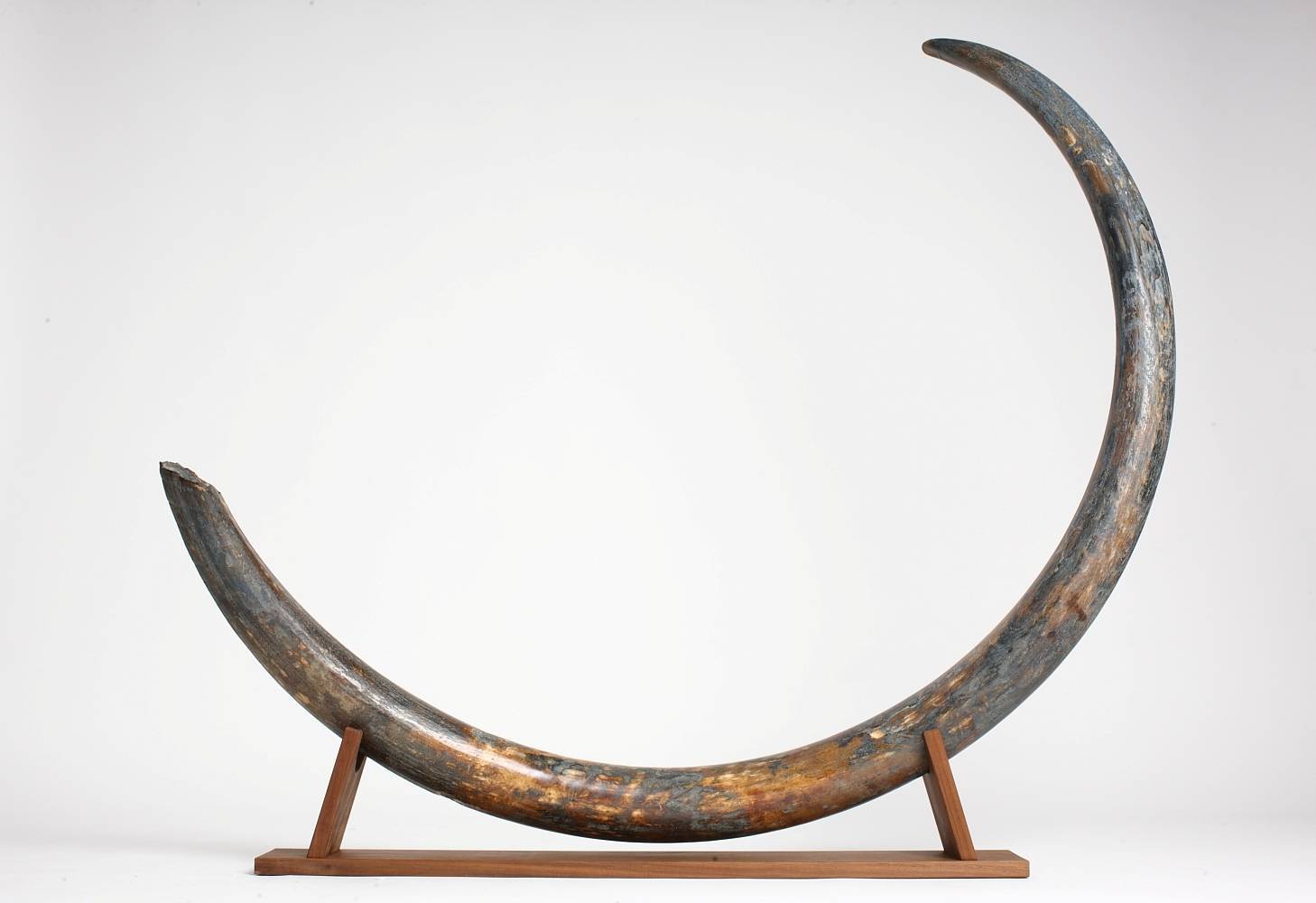
The Business of Ethical Mammoth Ivory
Sourcing and importing of superior quality, ethical mammoth ivory (Mammuthus primigenius) is a highly specialised business. The industry is carefully regulated to ensure the protection of this prized, raw material. Suppliers such as Arctic Antiques GmbH, must meet the rigid regulatory standards of European Union trade compliance, and have clearance from the Russian government.
Certification of Mammoth Ivory Importers
Mammoth ivory is commonly found in remotest parts of Siberia, in Far Eastern Russia. Tusk hunters (those who fossick for the ivory) must be licensed to legally look for and claim the raw materials they find. They require military clearance and commercial transport license to allow free movement to the protected areas of Siberia, official clearances from the Ministry of Internal Affairs. Companies who trade the ivory around the world require export/import permits to move the material from the country, and these exclusive permissions are only granted to Russian citizens.
Arctic Antiques is one of the few fully licensed companies, that strictly complies with all the regulatory requirements across all jurisdictions of the Russian Federation and the EU. Meeting the challenge of compliance is a necessity that the Gouralnik family, who run Arctic Antiques, are pleased to do. For them, the legal obstacles and tight restrictions of the industry create a transparent market, protect the precious mammoth ivory and maintain the highest standards of professionalism.
Because of this, the company can offer their customers the German Certificate of Origin (CoO) upon request, for any piece of mammoth ivory sold. The CoO is the most official document for mammoth ivory under German federal legislation, and while it is not required for legally trading mammoth ivory, the Gouralniks are happy to be able to supply it. “It is a level of professionalism we are proud to offer to our distinguished customers who require it for insurance purposes, or simply peace of mind. We believe it adds value to the ivory, which is a priceless investment”, explains Sergey Gouralnik.
The Distinguishing Characteristics of Premium Mammoth Ivory
Identifying ethical and legal mammoth ivory — a priceless, antique treasure from the ancient, extinct woolly mammoths from before the ice age — from elephant ivory, is done by examining the cross-hatching lines apparent from cross-cut sections. These cross-hatchings are commonly referred to as Schreger lines. The intersections of Schreger lines form angles which can be measured. When averages are used to represent the angles in the individual samples, a clear separation between extinct and extant proboscideans can be observed. All the elephant samples have averages above 100 degrees, and all the extinct mammoths have angle averages below 100 degrees.
In addition, the distinct shades that naturally colour the patina of mammoth bark, which range from white, to bronze, tan, green and blue, are not found on elephant ivory. The most sought-after colour is the extremely rare shade of blue which is formed by oxygen reacting with the secondary iron-ore mineral deposit (known as Vivianite) that surrounded the mammoth ivory in the permafrost for thousands of years.
Careful Treatment for Superior Results
Mammoth skeletons emerge from the Siberian permafrost, as the ice thaws during the summer months. The discovery of mammoth tusks in a good, natural condition is very unusual, and to find a pair of tusks which belonged to the same animal is extremely uncommon. Once a tusk is found, the surface must be carefully cleaned from the ancient mud that has encrusted it for thousands of years. This is done by specialists who must work delicately to ensure that the ivory is not damaged by the cleaning process, and is a painstaking business that demands expertise and patience.
In addition to the slow process of cleaning, mammoth ivory needs to dry under controlled climate conditions. After being submerged in the permafrost for so long, the tusks contain moisture and depending on the level of moisture inside the ivory, drying it out can take years. Hastening this process, by applying hotter temperatures, puts the ivory at risk of developing cracks, as it forces the moisture out too quickly. To protect the fine surface of the ivory, the moisture should be slowly eased out. The white mammoth ivory segments sold by Arctic Antiques, typically dry under controlled temperature conditions for at least five years.
Processing the ivory also requires that the outer layer of bark be separated, and the cracked or damaged parts of the tusk are removed. Arctic Antiques work with specialists who stabilise and restore low-grade pieces of ivory, using the filtered mammoth ivory dust that is collected from the process. Nothing is wasted. This is a laborious process that requires patience, but it allows craftspeople of all levels of this niche market to have access to this unique material.
If you have any further questions or require further explanations, please email us: info@arcticantiques.com